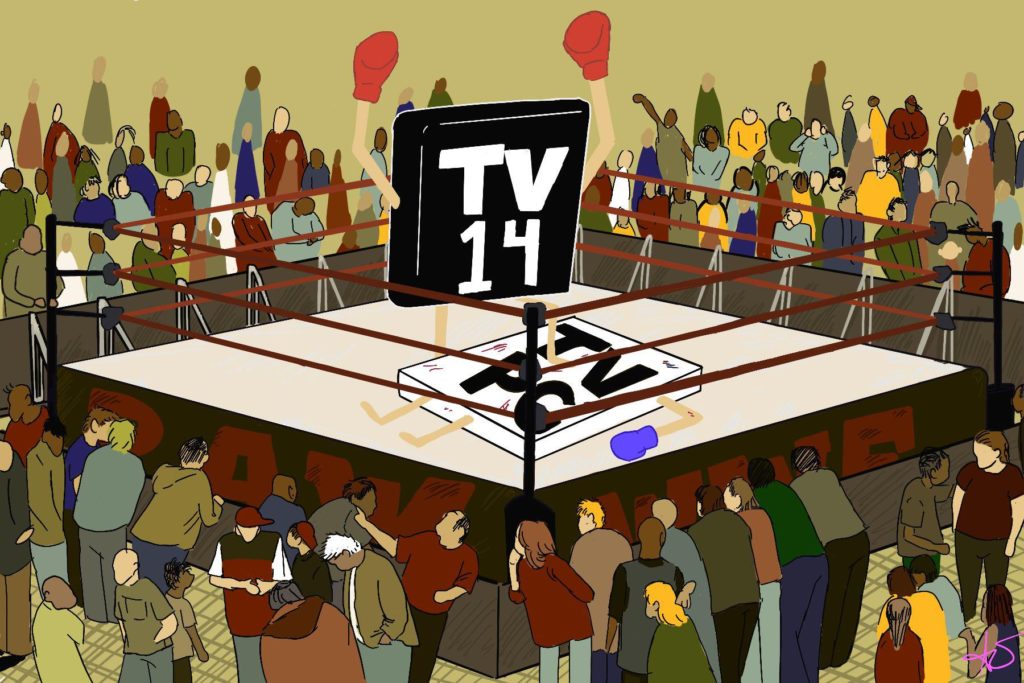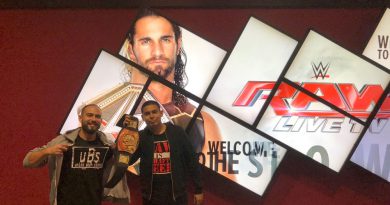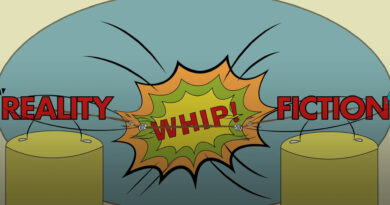Why The WWE’s Pending Return To A TV-14 Rating Could Be Its Saving Grace
Many fans were skeptical when the WWE officially moved from a TV-14 rating to TV-PG in July of 2008.
The change meant going from unhinged brutality and coarse language to childish goofs and poop humor. But the company was given the benefit of the doubt after the Chris Benoit tragedy.
However, the ratings change was a blunder that made the WWE lose the luster it gained during its 1990s heyday.
What began as “wrestling for the whole family” slowly became restrictive and plagued by asinine rule changes. If any other brand tried the same heavily-scripted formula, it would have led to an all-expenses paid trip to the unemployment line.
While diehard fans were unhappy with the WWE’s direction, it wasn’t until the formation of a rival organization, All Elite Wrestling, that the corporation acknowledged its throne was in danger.
When news leaked on July 14 that the WWE was considering ending the PG era, tears of joy covered my phone screen as I sent an impassioned tweet. To say I was on an emotional high would be an understatement.

The return to TV-14 won’t bring back the scandalous violence and sexually suggestive content of the late 1990s. Instead, it’ll bring back creative freedom.
It would allow wrestlers to have more control. The genuineness value is what attracted us to watch in the first place.
Rivalries such as “Stone Cold” Steve Austin vs The Rock, Trish Stratus vs Lita or John Cena vs Edge are prime examples. Off-screen, they were friends, but on-screen, their hatred toward each other was palpable.
While there hasn’t been a lack of rivalries in the last decade, they have lacked consistency due to the limitations TV-PG places on storyline development. Vince McMahon and the creative writing team sucked the life out of any potential exciting rivalries.
The PG Era’s faults can best be described by a phenomenon I have coined “The Green Day Effect.”
When Green Day burst onto the scene with their debut album Dookie in 1994, they captured the attention of alt-rock fans by taking a youthfully rebellious tongue-in-cheek approach to songwriting.
But flash-forward to their 2004 record American Idiot and that self-awareness was replaced with self-seriousness. The talent was there but its intended audience shifted.
Call me juvenile but it stopped being cool. The playful angst was replaced by poorly executed pretentious angst.
This personifies what the WWE has become.
Metaphorically speaking, it went from HBO to the Disney Channel. Since day one, the change was unsuitable to market a product so in-your-face and belligerent as wrestling.
Company leaders, scared of losing sponsors and viewership because the WWE might appear too violent should look at AEW as evidence that wrestling, no matter how unfiltered, sells tickets.
Wrestling’s appeal is that it grabs you by the throat with moonsaults and powerbombs. A TV-14 rating would bring that excitement back.




